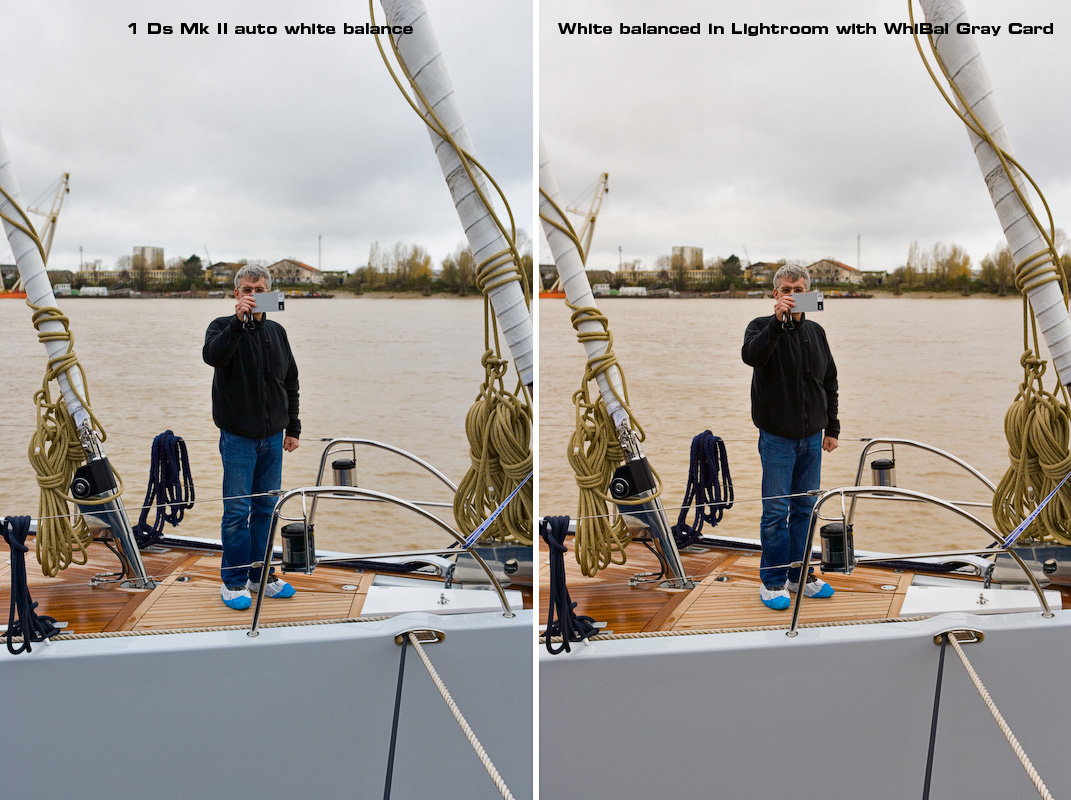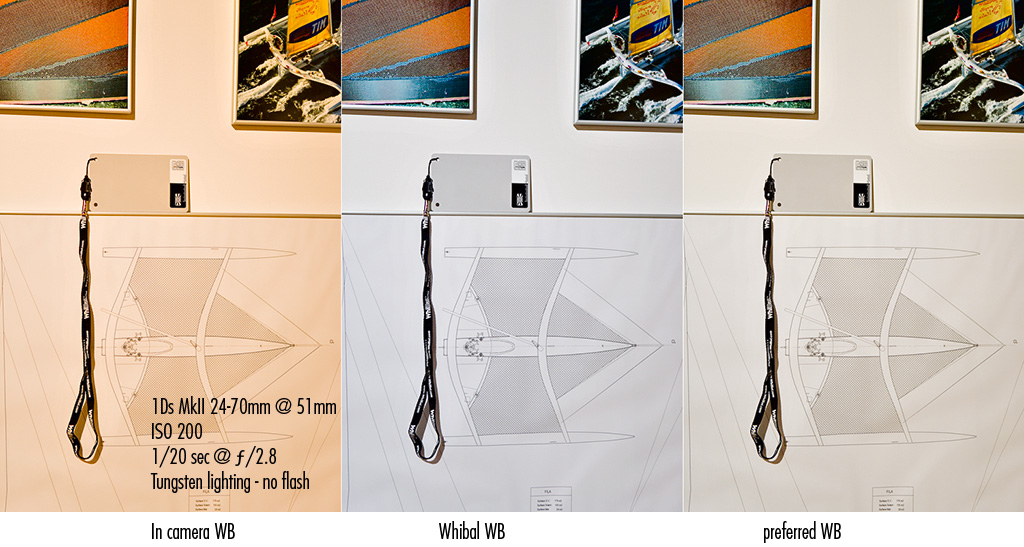Since I went digital I have had trouble getting my white balance right in my aquarium fish shots. I could get it I think quite close after a lot of fussing with temp and tint. I used to judge by the color of the gravel, fish colors and other things that I new by heart in aquariums. I have put rocks that I new were about the right color and even went so far as to use my wifes food vacuum packer to hold a grey card with a rock in the bottom to keep it from floating. The grey card was worse than nothing with the reflection from the vacuum bag by the flash.
A short time ago I got my WhiBal. It is a life saver and yes it floats. I tie it to a rock with a string and put it in the flash zone where I plan to take my pictures and take a shot. Actually I usually take the pictures first so as to not upset the fish and have them behave in a stressed manner. Then all I have to do is set the white balance to the WhiBal shot and the colors are right on the money. Nothing could be easier. I keep it attached to my camera so I will not forget to use it.
I love this thing.
Here is an example. It may look crude but it works.

A short time ago I got my WhiBal. It is a life saver and yes it floats. I tie it to a rock with a string and put it in the flash zone where I plan to take my pictures and take a shot. Actually I usually take the pictures first so as to not upset the fish and have them behave in a stressed manner. Then all I have to do is set the white balance to the WhiBal shot and the colors are right on the money. Nothing could be easier. I keep it attached to my camera so I will not forget to use it.
I love this thing.
Here is an example. It may look crude but it works.




